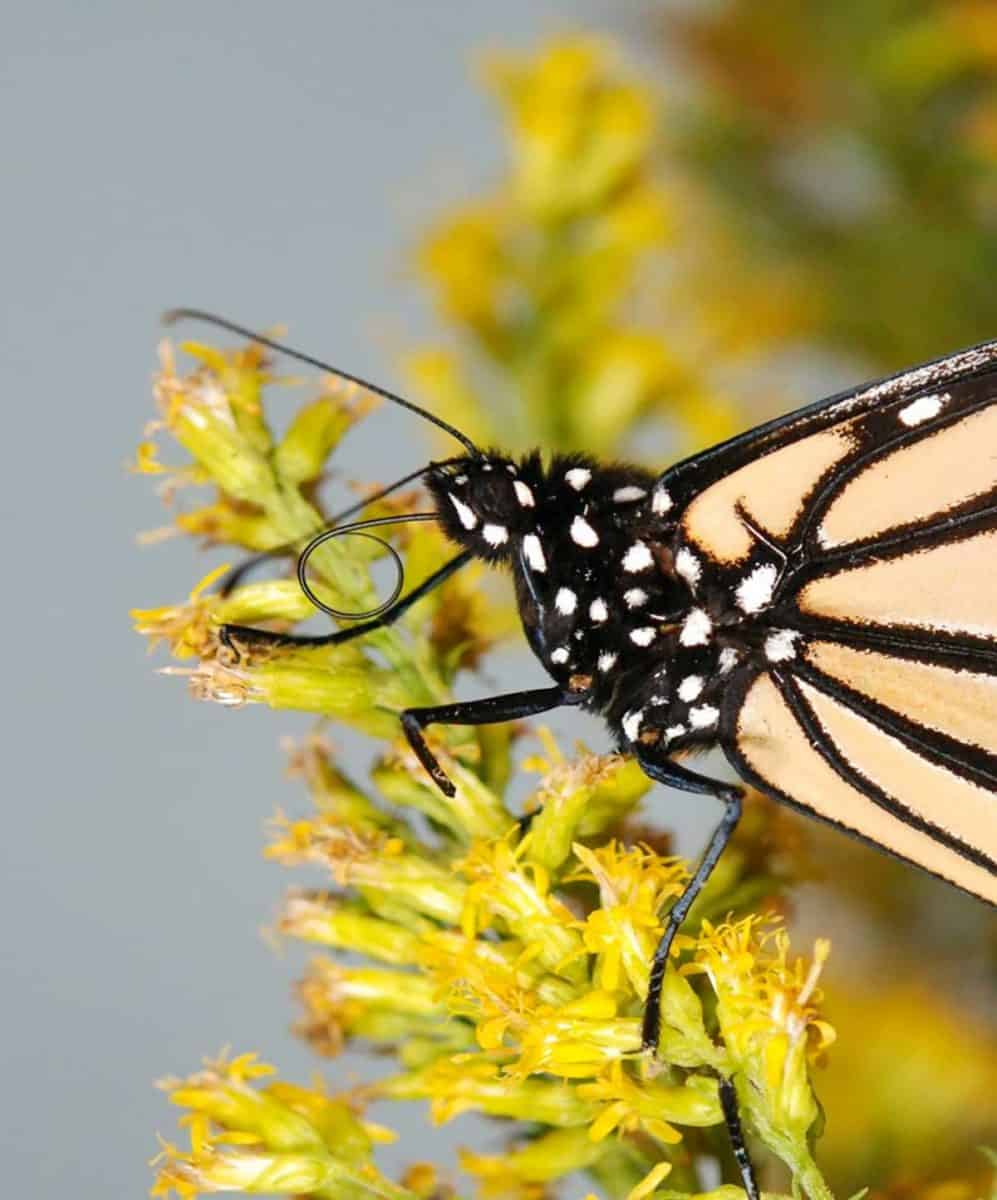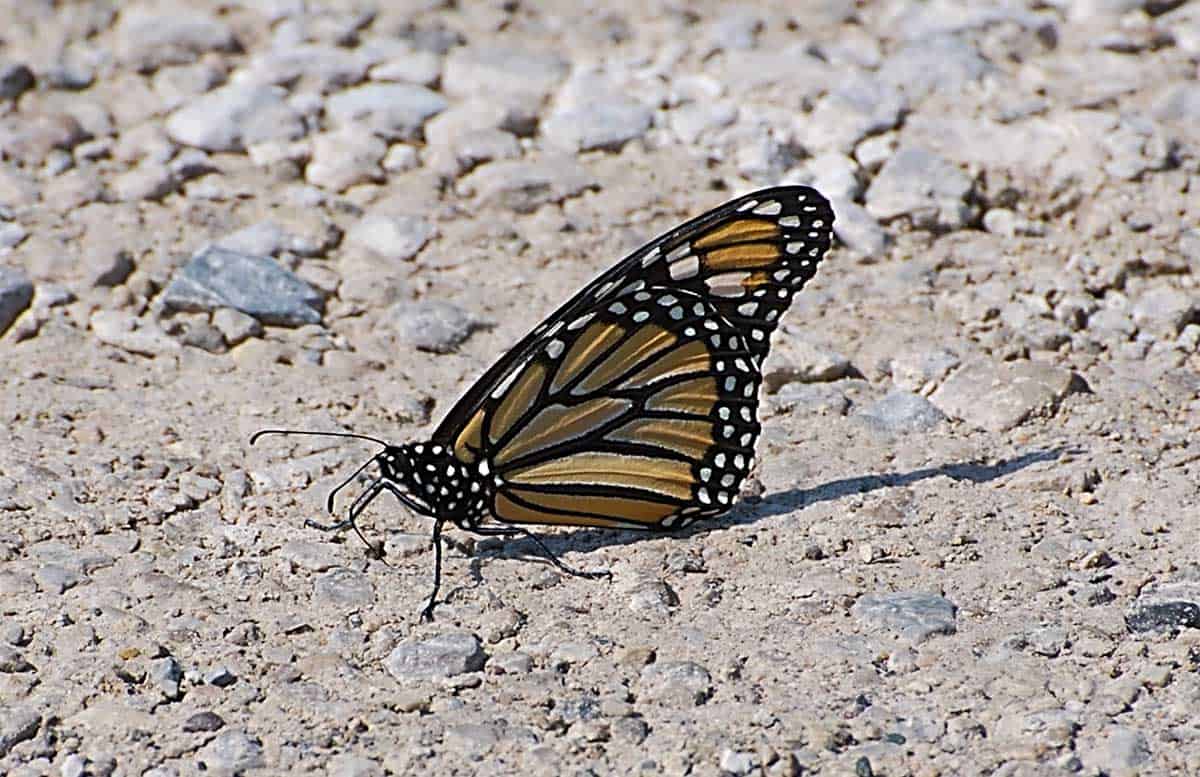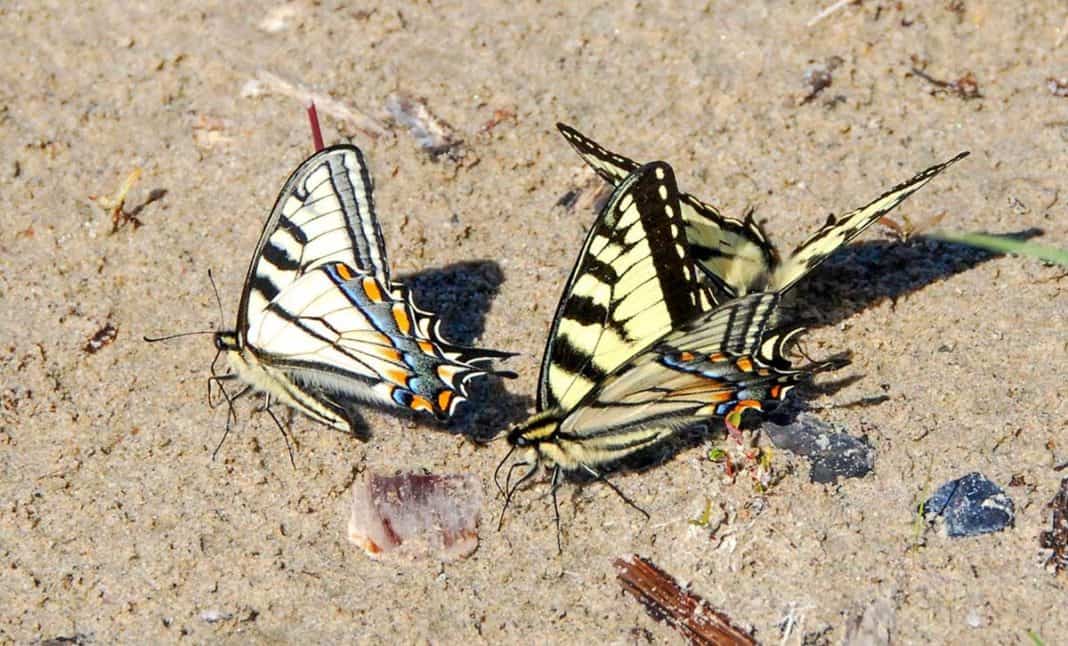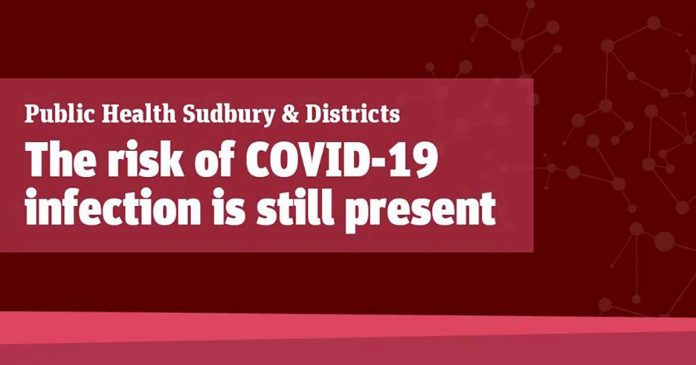by Joe Shorthouse
MANITOULIN – One of the advantages of being a gardener, naturalist, or retired entomologist on Manitoulin Island is that when winter comes, we get a break from the frenzy of observing plants and animals.
We find the time to reflect on what we saw or photographed the previous summer and search for answers to the things we find puzzling. This has become an even more satisfying pastime as the pandemic restricts us to our homes.
Thanks to the internet, most of us have access information in a multitude of disciplines from our homes using tablets, laptops or cellphones, without the pleasure of going to the public library (joy sadly prohibited to us until the pandemic is over).
I was sorting through late summer photographs last week when I came across images of monarch butterflies assembling near South Baymouth in preparation for their flight across Lake Huron on their way to Mexico (as seen in the September 23, 2020 issue of The Manitoulin Expositor).
Some of the photographs were of monarchs that had landed on the road near the entrance to the boat launch. I remember crawling up to the monarchs and getting close enough to see their coiled mouthparts pressed against the ground.
Everyone admires butterflies for their colourful wings and fairy-like flight as we watch them flit from flower to flower, sipping nectar. However, many butterflies may not be as enchanting as you think: they commonly feed on mud, faeces and bird droppings, decaying plant matter, urine and even dead animals.
The monarchs feeding on the road surface in South Baymouth were engaging in a behaviour called ‘puddling.’ Many kinds of butterflies practice puddling and catch our attention when doing so because they often form large aggregations and feed in one location.
How butterflies eat
Before discussing the reasons for puddling, it is useful to first examine how a butterfly eats. Close-up photographs of monarch heads from last summer show that the heads are rather simple with only a pair of antennae, two large eyes, and a hose-like structure protruding from the front.
The antennae are used to detect odours of their favourite foods. They have two large compound eyes with thousands of individual lenses used for locating food plants and escaping predators. The long hose-like feeding tube, called a proboscis, rests coiled under the head when not in use.
They have no mouthparts with jaws, or a nose with which to breath. They bring oxygen into their bodies through holes called spiracles on the sides of their thorax and abdomen. The taste their food with their feet!

When butterflies are about to feed, they apply hydraulic pressure to their blood which uncoils the proboscis and extends it into a flower. When they are finished feeding, a valve is released, blood moves back into the body, and the elastic tube recoils like a spring.
From the time naturalists first started watching butterflies, it was assumed they brought food into the stomach by using a pump-like muscle inside the head. However, when entomologists recently took a closer look at butterflies feeding, it was noticed that liquids could rise inside the proboscis without pumping action.
We now know that food is brought into the proboscis by using a combination of a pump inside the head (creating a vacuum similar to the way we feed with a straw) and capillary action along the food canal.
Capillary action is the movement of fluids within narrow spaces of a porous material due to the forces of adhesion (water molecules like to stick to the surface of things), cohesion (water molecules stay close to each other) and surface tension. Stand a roll of paper towel in a dish of water and the water will ‘climb’ upwards due to capillary action.
Capillary action is an effect employed by many living creatures in many ways, not just in butterfly mouthparts. For example, trees use it to bring water and dissolved nutrients inside tiny irrigation canals beneath the exterior bark, carrying them from deep under the ground, to the tips of the tallest trees.
The advantage to trees and butterflies of using capillary action is that moving fluids in this way requires no expenditure of energy. Capillary action occurs because water is sticky. This is why water molecules stay together in a drop on a plant surface. So, when a butterfly sits on a flower sipping nectar, the food can flow into their bodies without exerting any energy.
Even more interesting is the discovery that the inside surface of the butterfly proboscis has microscopic openings to the outside which aide in the capillary action. The holes let in a string of tiny air bubbles which carry or push fluids up the food canal. The bubbles can even carry microscopic solids. If our straws had holes, we couldn’t suck up anything.
High-powered microscopes showed that the inside surface of the proboscis is lined with overlapping fibres which aide in pulling the liquid upwards. Researchers in the field of human medicine, thanks to the work of entomologists, have made tiny proboscis-like probes to sample fluids inside human cells. It goes to show that new knowledge, even gathered when trying to understand how a butterfly eats, can end up having practical value.
Salts and minerals are needed for reproduction
Turns out that the monarch butterflies feeding on the South Baymouth road were in search of salts and mineral nutrients that are not found in the sugary nectar of flowers.
Like humans, butterflies need ‘supplements’ such as salts, minerals and protein in their diets. Butterflies need them for successful reproduction, and this is particularly so for females when producing eggs. However, the route by which these nutrients get into the eggs of females takes a strange and circuitous route—it first goes through the bodies of males!
Females need these nutrients to produce eggs, but while they are flying from flower to flower in search of sugars, it is the males who are getting their feet wet and standing on unsavory things like faeces in order to obtain the salts and mineral nutrients they both need.
This is why, as it happens, nearly all the puddling butterflies we see are males. The puddling males are gathering supplemental nutrients that pass into their blood, and thence into their reproductive organs. Males store their sperm and the supplemental nutrients in a packet called a spermatophore.

Upon mating in Mexico, the male’s spermatophore with its sperm and nutrients gathered in Canada is deposited in the reproductive structures of the female, and from there, the nutrients make their way to her eggs.
These extra salts and minerals increase the number of eggs produced and result in healthier offspring. Consider the mineral nutrients a nuptial gift from the male; however, the gift doesn’t seem quite so romantic when we realize where the males have been walking and that the taste buds for salts are on their feet!
Watching butterflies feed, particularly those engaging in puddling, is a good example of how much there is to learn about the flora and fauna of Manitoulin Island. It reminds us that we take so much for granted in the natural world, and yet there are a multitude of secrets we have yet to unlock.
As for the late-summer monarchs observed along Manitoulin’s southern shores, it is hard to fathom that the males here are storing mineral nutrients in their bodies, flying across the United States to a mountain top in central Mexico, where they hang on trees from November to March without moving, then mate with a female to fertilize her eggs and provide her with these nutrients.
The male and female monarchs, after mating, will both start flying north, but only make it as far as northern Mexico or southern Texas. The females will lay healthy eggs on milkweed, thanks to the nutrients from Manitoulin Island, then both parents will die. It is the offspring from these butterflies, after two additional generations, that make it all the way back to Ontario by May.
Gardeners who grow flowers to attract butterflies can make puddling sites by filling a bird bath with sand. Add just enough water to keep the sand moist, along with a little fruit juice and a pinch of salt, and you will attract thirsty butterflies.
It appears that we will be dealing with COVID-19 and its variants over the coming summer. A good way to cope safely is to spend more time enjoying gardens and taking walks along country trails and shorelines. It is a good way to reduce stress and keep healthy.
Remember in the coming spring to look for puddling butterflies along beaches, riverbanks or puddles along the side of quiet country roads. Bring children along as this is a great experience to share as you watch these magical animals uncoil their long tongues and push them into the ground to drink.
Puddling butterflies usually become so engrossed in their meals you can sneak up close for a good look. Then go home, make a fruit smoothie, stick in a straw, and pretend you are a butterfly.






